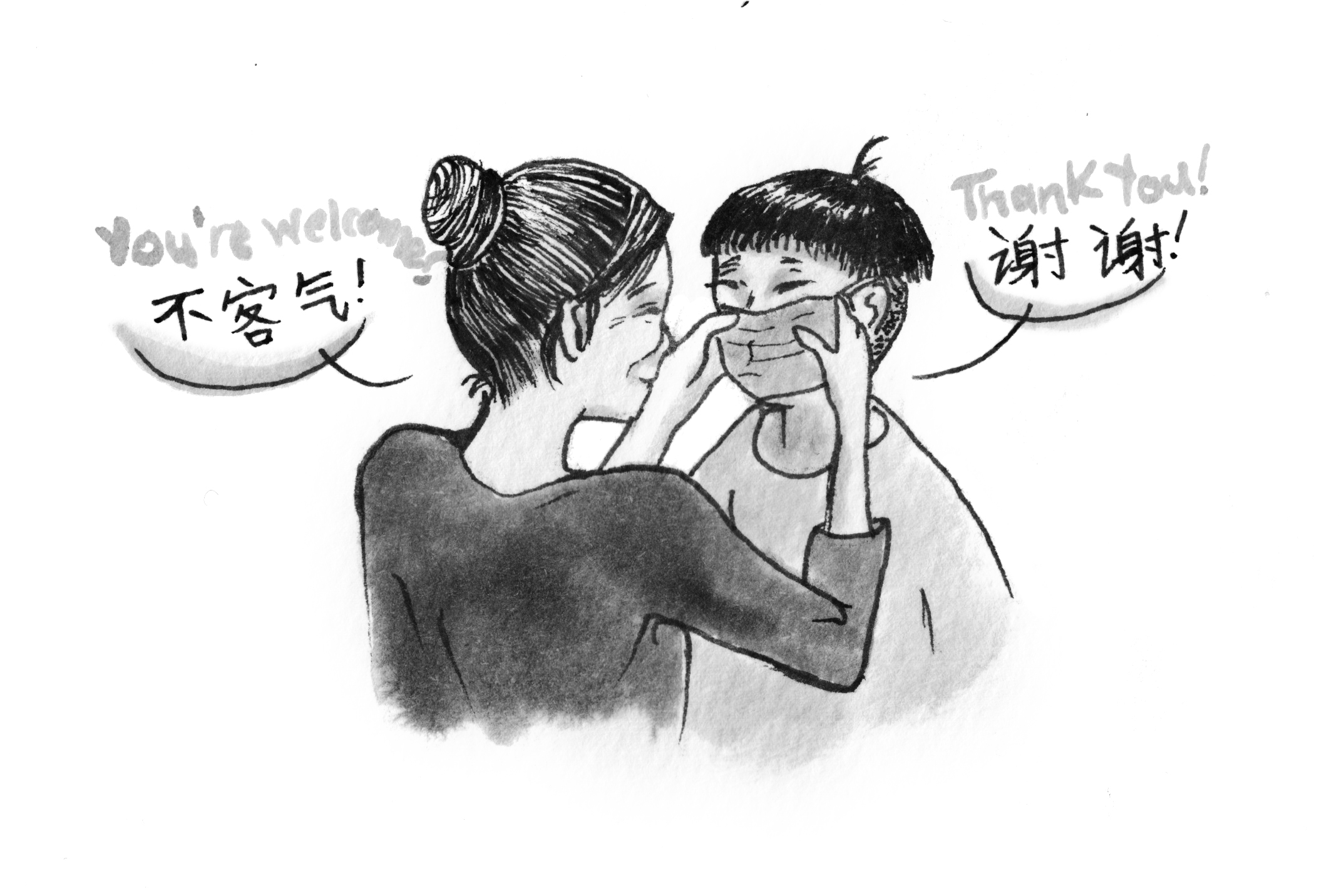An analysis: what does the end of the world look like?
February 28, 2020
I wake up, and I check the phone. Here’s a novel idea of the day: How’d you figure the world would end?
As it turns out, feeling like the world’s going to end creeps in unsuspectedly. There is the initial uneasiness, the subsequent fear and the climactic panic. The complacency of “nothing can touch me” eventually grows into the hysteria of “somebody do something.”
This Chinese New Year is one to remember. Loved ones are kept apart by government mandates that seal off Wuhan, a home to 11 million, where fear seems to be spreading quicker than coronavirus. Wuhan residents are tracked down all over the country and forced into painstakingly monitored quarantines, in scales ironically comparable to political persecutions that once reigned terror on the land.
On the other side of the earth is me, enjoying that one particular Moulton dinner which featured the best dumplings I have had since I got to Bowdoin in celebration of the Chinese holiday. Nevertheless, incorporated into my morning routine now is the anxious checking of epidemiologic figures on my phone. Hundreds, thousands, tens of thousands. The figures keep rising, and my heart keeps sinking. Face masks are all out and so are the medical supplies. Fringe rumors of alternative remedies take hold. Commercial hubs are shut down until further notice. Businesses are forced out of work, fearing the presence of workers returning from Wuhan. My city, Shenzhen, of 22 million people grinds to a ghastly halt, an empty city with restless hearts.
Under the apocalyptic onset, the international response that fails to recognize an indiscriminate virus and instead turns to ad hominem politics against the Chinese ethnicities is disappointing. One notable instance is the Wall Street Journal’s publishing of Walter Russell Mead’s opinion essay titled “China is the Real Sick Man of Asia,” which used the racial epithet once directed at the opium-ridden Chinese two centuries ago. While its apologists, including the author of a New York Times essay, scramble to demonstrate how the semantics of “sick man of” is not racist in its intent, their willful eschewal of the term’s colonial history and its insensitive use in the backdrop of epidemic suffering speaks volumes. News suppression is unbecoming of a purported superpower like China, as racist exceptionalism is not a good color on America.
This incident highlights two distinct narratives publications are juggling in the face of this epidemic. The first is a very public, very systematic and mostly quite valid exposé of the defects of the Chinese government in its wrongdoings of punishing whistleblowers who could have mitigated the effects of the outbreak. The second is a vague indictment of the Chinese people in their overzealous investment in criticism as opposed to reporting. It dehumanizes people of Asian descent while taking a subtle jab at their putative habit of “eating everything,” which has now developed into an international nuisance. The Chinese government is failing you all with its communist strongarm politics! (Oh and by the way, I know what you did last summer).
I am the last person to try and vindicate the Chinese government of their inexcusable failure to inform the public and contain the outbreak. However, journalism should not distract from the reality that the virus is killing real people with families and loved ones. Before publishing a grandstanding piece excoriating China’s economy at the expense of the humanity of its people, the Journal would do well to remember that no amount of political criticism warrants a boost of racism. Reducing people of color to mere numbers and charts bespeaks a sinister manifestation of white supremacism and cultural intolerance, one borne out of the specter of 20th-century race science. The mindset that relegates Eastern cultures to an unenlightened aberration that needs to be “civilized” insidiously propagates under the guise of valid censure against a disagreeable polity.
But the people—the daughter who lost her mother in the maternity ward, the medical staff who reused protection gear so their patient would get replacements, the truck drivers who voluntarily overworked to transport supplies and the farmers who rush to the frontlines to donate their harvest—their stories of fear, love, trepidation and sacrifice deserve to be told. Their humanity deserves to be accentuated.
I wake up, and I check the phone. I send my family messages with new tips that they should keep in mind every day. Holed up in the family apartment, they keep reassuring me that everything is OK; in the winter air, I am left to my own devices over the anxiety that they might not be. My mother told me that my grandma wished I was back home. To her, there’s nowhere safer than home, ever. Even now, she still believes in the incredible power of solidarity. This virus does not have to be the end of the world—lest we allow bigotry, division and hate to kill us first.


Comments
Before submitting a comment, please review our comment policy. Some key points from the policy: